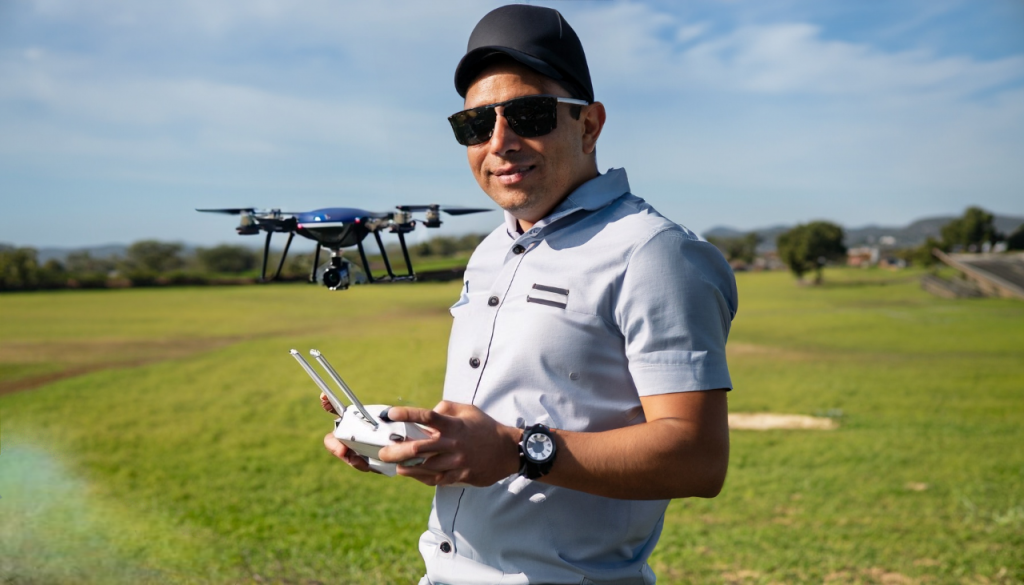In recent years, drone filming and photography have revolutionized the way we capture the world from above. Drones, also known as Unmanned Aerial Vehicles (UAVs) or Unmanned Aircraft Systems (UAS), are remote-controlled aircraft equipped with cameras that allow photographers and filmmakers to obtain stunning aerial shots and perspectives that were once only possible with expensive helicopters or cranes.
The accessibility and affordability of drone technology have democratized aerial cinematography and photography, enabling enthusiasts, hobbyists, and professionals alike to capture breathtaking images and footage from unique vantage points. From sweeping landscape shots to action-packed sequences, drones have opened up a new realm of creativity for visual storytelling.
Advantages of Drone Filming and Photography:
- Aerial Perspectives: Drones provide access to viewpoints that were previously unattainable, making it possible to capture panoramic landscapes, architectural marvels, and natural wonders from the sky. This allows filmmakers and photographers to present scenes from a fresh and awe-inspiring perspective.
- Cost-Effective: Compared to traditional methods involving helicopters or cranes, using drones is more cost-effective. Drones require less maintenance and have lower operating costs, making them a practical option for indie filmmakers, small production houses, and content creators on a budget.
- Versatility: Drones come in various shapes and sizes, ranging from compact consumer models to professional-grade rigs with high-quality cameras and stabilizing gimbals. They can be equipped with different types of cameras, allowing users to choose the best setup for their specific needs.
- Maneuverability: Drones are nimble and agile, capable of flying through tight spaces and capturing dynamic shots that were previously challenging to achieve. They can track moving subjects, follow complex flight paths, and execute creative aerial maneuvers.
- Time Efficiency: Drones have the advantage of quick deployment, reducing setup time and allowing filmmakers and photographers to capture shots efficiently. This is particularly beneficial when shooting time-sensitive events or fleeting moments in nature.
- Safety: By using drones, filmmakers and photographers can avoid putting themselves in potentially hazardous situations, especially when capturing footage in remote, rugged, or dangerous environments.

Tips for Drone Filming and Photography:
- Know the Regulations: Before operating a drone, it is crucial to understand and abide by the local regulations and airspace rules. Different countries and regions may have varying laws regarding drone usage, so be sure to research and obtain any necessary permits or licenses.
- Practice Flight Skills: Flying a drone requires practice to develop smooth and precise movements. Start in an open area away from obstacles, and gradually progress to more complex flight paths as your skills improve.
- Plan Your Shots: As with any form of visual storytelling, planning is essential. Determine the shots you want to capture, consider lighting conditions, and identify potential obstacles that could affect your flight.
- Master Camera Settings: Familiarize yourself with your drone’s camera settings, including resolution, frame rate, and exposure settings. Understanding these features will help you capture high-quality footage tailored to your creative vision.
- Use Stabilization Techniques: To ensure smooth and professional-looking footage, invest in a drone with a stabilizing gimbal or use post-processing stabilization tools to minimize unwanted camera movements.
- Respect Privacy and Wildlife: When flying a drone, be mindful of people’s privacy and avoid flying over private property without permission. Additionally, maintain a safe distance from wildlife to avoid disturbing their natural behavior.
Conclusion
Drone filming and photography have opened up endless creative possibilities for capturing stunning aerial visuals. With the right equipment, skills, and adherence to regulations, filmmakers and photographers can take their art to new heights, providing audiences with breathtaking perspectives of the world around us. As technology continues to advance, the future of drone cinematography looks promising, promising even more innovative and visually captivating content in the years to come.